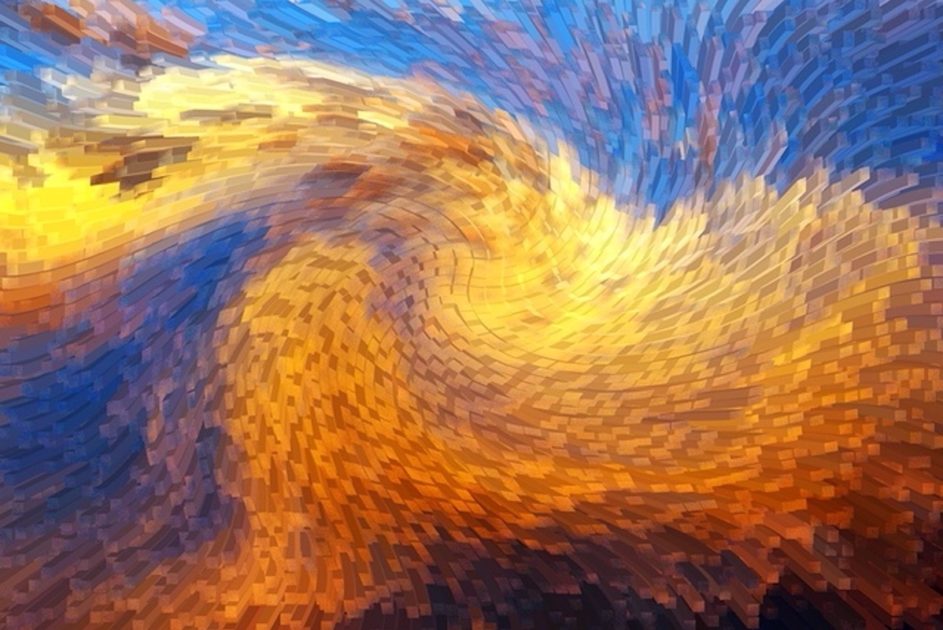The gallery at Tennessee Valley Unitarian Universalist Church currently features the work of photographers Althea Murphy-Price and Gary Heatherly.
Their work raises interesting questions about when are photographs art.
Greek philosopher Aristotle said, “The aim of art is to represent not the outward appearance of things, but their inward significance.”
Of course, everyone with a smart phone saturates social medial with the pictures they take. But the difference between what is just a tourist photo or a snapshot of friends and what is art photography involves whether or not there are layers of meaning in the image.
Murphy-Price’s photographs of African-American girls raises questions about what standards of beauty impose on how young black girls think about themselves and how notions of beauty impose on what kind of women they become.
The general question applies to all girls in America who are exposed to mass media, or even associate with girls who are captivated by the latest fashion trends and popular youth culture.

“Goody Girl No. 6” digital print, 2018, by Althea Murphy-Price
By turning her subjects away from the camera, so that only part or none of their faces show, Murphy-Price leaves little doubt as to her interests.
“I question beauty’s cultural influence which often takes form through imitation, deception and discomfort,” Murphy-Price says in her artist statement that accompanies the exhibition.
“The work investigates how identity is informed and influenced through the context of a deceptively subversive, beauty culture.”
Real or false, notions gained from influences in popular culture and other social influences shape our believes and dictate how we perceive ourselves, she notes. Of particular interest to her recently, is the popular hashtag “#blackgirlsmagic.”
“I began to question what the implications of this may be for younger generations,” Murphy-Price notes. “The hashtag is intended to uplift and empower young girls, but could it also assert an unrealistic expectation?”
The stark blackness of the backgrounds surrounding her models suggests the girls are trapped between their racial identity and being swept up in the accouterments of beauty that impact them.
Although these images are limited to head and hair decorations, the broader factors of extreme high-heeled shoes that cramp and reshape feet and toes or jeans so tight that breathing while sitting can be difficult enter into the discussion. That’s to say nothing about the body shapes that get squeezed into fashions designed by skinny models.
Gary Heatherly’s photographs take a completely different path to photography’s capacity to function as art and how new technologies can aid in getting there.
Heatherly is a well-known commercial photographer whose assignments took him around the world for 30 years. He also published a National Book of the Year winner, “Knoxville Then and Now.”
Recently retired, he has shifted his focus about to art photography.
In an email, Heatherly said, “I have been in a cyclic theme for a long time. Cycles of life and nature. A lot of my work has a spiritual foundation into the life force or spirit of humans and nature and how they relate. The soul as a form of energy that flows to one real realm to another.”
The images in the show look at both the natural and the man-made. Close examination of what appears to be straight-forward images of nature, such as “Ancient Roots,” with a massive tree and a huge bolder in the foreground, have used imaging technology to turn small components of the image into individual pieces, with each surrounded by a boundary. In the context of the show, this technique could refer to the individual person within the context of a larger society.
Some of the images have been twisted or warped to shift them from being pure mechanical objects to something more lyrical, fanciful, dancing or musical.
In the largest photograph in the show, titled “Passage,” which began as a straight-forward picture of a sunrise or sunset with glowing clouds, a bright sky and a dark base, Heatherly used imaging technology to divide the photograph into small rectangles, then extrude them in a twisting format that transformed the image into something magical or spiritual.
It suggests how we might actually absorb images so that individual elements within them take on emotional or spiritual meaning that we carry with us as memories or become embedded in ways that allow us to take them out in moments when we need comforting.
The gallery at Tennessee Valley Unitarian Universalist Church, 2931 Kingston Pike, is open during regular office hours Monday through Thursday, 9-5. There is no admission charge.

